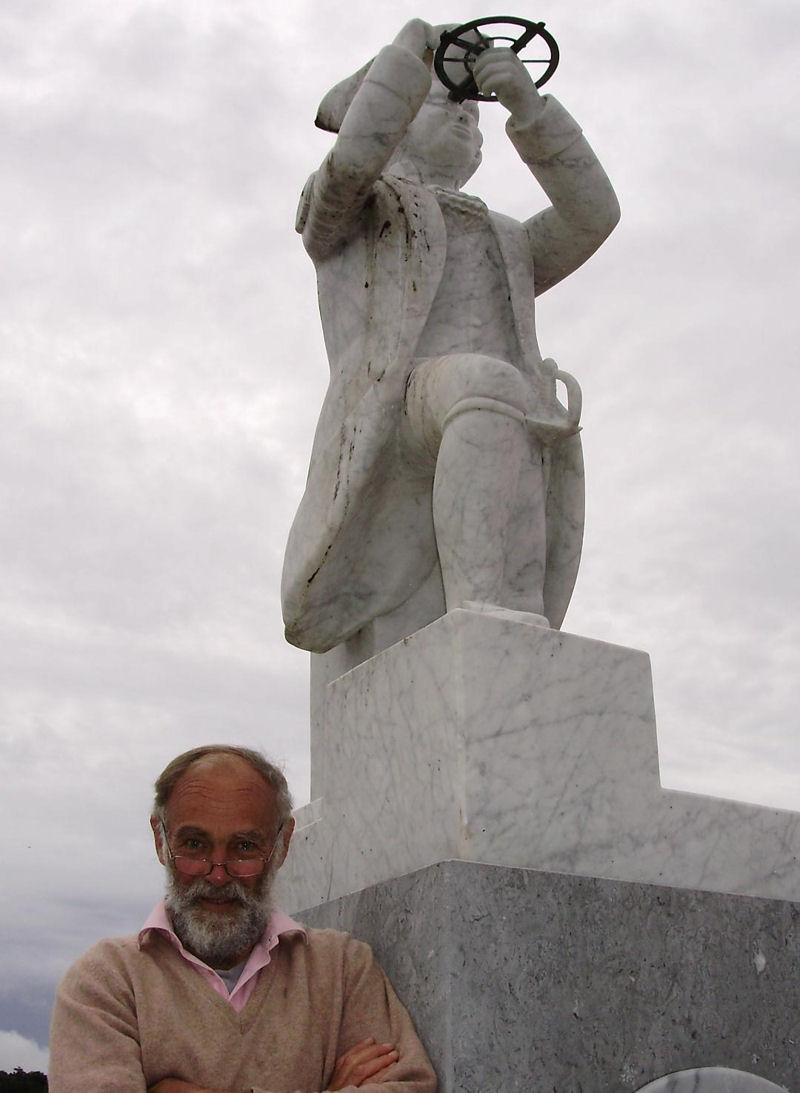What's an MBC?
The modified Borda count (MBC) is a preference voting procedure by which is identified that option which gains the highest average preference score. It may also be regarded as a points system, in which the winner is the outcome with the most points. The procedure involves three stages: the debate, the vote and the analysis of that vote.
The debate
Prior to the debate, all concerned may propose any relevant option, as long as it conforms with some agreed norm like the United Nations Charter of Human Rights; a summary of these options may be put on display, preferably on a computer screen.
During the debate, participants may propose either amendments or new options, and the list on display will be up-dated accordingly, so to reflect the full breadth of the debate. Finally, at the close of the debate, the chair will ask each group to confirm the list includes its particular aspiration, either verbatim or in composite. This balanced list then becomes the MBC ballot paper; it will look something like this.
The vote
In the vote, participants are asked to express their preferences on the various options listed, giving (in a 5-option ballot) a 1st preference to their most preferred option, a 2nd preference to their next favourite, a 3rd preference to their third choice, and so on, as they wish. In the count, if the voter has completed his/her ballot, a 1st preference gets 5 points, a 2nd preference gets 4 points, a 3rd preference gets 3 points, and so on.
The basic rule, then, is this: in an n-option MBC, the voter who lists all n preferences thus exercises n, n-1 … 2, 1 points. If, however, a voter wishes to submit only a partial vote, voting for only m options, then of course he/she may; in this instance, however, he/she exercises only m, m-1 … 2, 1 points.
Thus he who votes for only one option gives only 1 point to his favourite option. She who votes for two options gives 2 points to her favourite option (and 1 point to her second favourite). He who votes for three options gives 3 points to his favourite option, (with 2 points and 1 point to his subsequent preferences). And so on. While she who votes for all 5 options gives 5 points to her favourite option, and 4, 3, 2 points and 1 point to her other preferences respectively.
The MBC thus encourages everyone to express, not only their favourite option, but also those options on which they are prepared to compromise. And when every voter expresses his/her compromise position, it is possible to find the common consensus or the collective best compromise, i.e., the option with the most points or the highest average preference.
The analysis
In theory, in a 5-option ballot on options A, B, C, D and E, if everyone gives their 1st preference to option D, say, then D will get an average preference score of 1. If at the same time, everyone gives option A their last, their 5th preference, then A will get an average preference score of 5. And if everyone gives option B a 3rd preference, or if some give it a 2nd preference while an equal number give it a 4th, then option B will get an average preference score of 3, the mean. Now again in theory, the chances of every option finishing up with the exact mean score are just about zilch. The MBC will always give a result! Something will invariably be seen as more popular than the mean, and others, obviously, less popular.
So finally, in the analysis of the vote, if and when the two most popular options are 'neck and neck', any aspects of the second most popular option which are compatible with the first may be incorporated into the final outcome.
If the outcome has a certain minimum average preference from all participants, that outcome may then be enacted. Indeed, to take the example of a 5-option ballot, if the winning outcome gets an average preference score of between 1 and1½, it may be said to represent the collective will. If the score is about 2, it can be called the consensus. While if it is of the order of 2½, it may be described as the best possible compromise. If the winning option gets a score below, say 2.7, then maybe the chair should ask for the debate to be resumed, and the process may be repeated until an option gains the required level of consensus.
See Designing an All-Inclusive Democracy or The Punters' Guide to Democracy, (both are from Springer, Heidelberg), for the 'consensus coefficient'.
When subjects are very complex, the consensors should try to ensure that the maximum number of options on the final ballot paper is 6.
If the matter is relatively simple, or if those involved are doing a prioritisation or shopping list, then more options can be considered.
If the number of options on the ballot is < 10, the voters may be asked to complete a full ballot of all the preferences. If the number is > 10, then voters may be advised that only 6 preferences are required, i.e., in this instance, a full ballot shall consist of 6 preferences.


